More than 2.5 billion people visit YouTube every month. It’s more than a website; it’s an entertainment and information ecosystem—a library for the 21st century. The ubiquity of YouTube has made it a focal point for brands eager to reach the billions of people who watch videos every week, driving a 46% YoY increase in revenue to $28.8 billion in 2021. For most younger generations, YouTube is television, making it a core component of successful brand advertising campaigns.
With more than 32% of the world’s population actively engaged with the platform on any given day, it represents a tremendous targeting opportunity. Combined with Google’s robust advertising tools, YouTube brand advertising allows companies to reach specific audiences based on demographics, viewing activity, frequency, or engagement data. Let’s take a closer look at how effective strategies can help generate the most from your YouTube advertising budget.
The Impact of Specific Ad Formats
YouTube offers several unique advertising formats that form the foundation of an effective branding campaign. Which of these formats you use will depend on who you want to reach, when you want to reach them, and what action you want them to take. From brand awareness plays to broader calls to action, there are several opportunities to reach people where they are on any given day:
- Skippable In-Stream Ads - In-stream ads play before, during, or after a video. While the ad can be 30 seconds or longer, only the first five seconds are unskippable. These ads allow you to reach a larger audience faster, and you only pay when someone watches 30 seconds or more of your ad or takes an action prescribed by the ad.
- Non Skippable In-Stream Ads - These run the same way as unskippable ads but are not skippable. They are only 15 seconds long, so you get a bit more time than the 5-second window of skippable ads and can only be bid on using Target CPM bidding. You pay for total impressions.
- In-Feed Ads - These ads appear within search and browsing results on YouTube. The ad itself is a thumbnail with a short blurb of text that then links to the video if someone clicks. You pay for each ad click, and these offer a great way for longer, more in-depth brand and product consideration.
- 6 Second Bumper Ads - These ads play the same as in-stream ads but are 6 seconds and are not skippable. They are complete ads and are a great way to increase awareness or supplement a longer ad campaign. These work particularly well in conjunction with retargeting your existing audience.
- Masthead Ads - These vary depending on the device on which they display. They appear on user home feeds and can be up to 30 seconds long. The widescreen format allows for many options, including related videos that can be shown alongside the ad. There is also a space for a call to action button on desktop and mobile displays.
Because there are so many different types of ads, it’s important to know what actions you want your users to take when they view an ad. Pure awareness will play well with skippable ads, bumpers, and in-feed ads, whereas calls to action that drive users to a specific account or website, will work well with non-skippable ads, in-feed ads, and masthead ads. Many brands opt for a combination of all five ad types using unique media.
Audience-Matched Segmentation
Another reason many brands turn to YouTube to reach their audiences is the number of targeting and segmentation options available. Traditional brand awareness campaigns on television or other visual media were limited to demographic data provided by the broadcaster. YouTube’s algorithm is designed to do the same, but with much greater precision and based on demographics and behavior. The result is greater granularity in targeting.
Targeting Opportunities Specific to YouTube
There are several ways you can target your ads on YouTube, including:
- Search-based - Because YouTube, at its core, is a search engine for content, you can target your ads based on the keywords people use when they search. This is particularly effective if your brand or product relates to specific things someone might search for. For example, someone searching for “haircare techniques” might be interested in specific products or services related to their hair. You can target broad, narrow, or exact search terms using the same keyword targeting tactics as Google text ads.
- Affinity Audiences - YouTube offers 130 affinity audiences broken down by popular categories on the site. These include beauty & wellness, food & dining, entertainment & gaming, and more. Within these categories, YouTube’s algorithm has segmented people further by the types of videos they watch. Someone might be a foodie watching clips of people traveling the world to try new dishes or watching streamers test out new snacks. Affinity audiences allow you to target based on these preferences.
- Demographic Targeting - YouTube offers more traditional demographic targeting based on gender, age, parental status, location, or income. This can be helpful if you have clear breakdowns of who you want to reach. Even better, demographic targeting can be combined with affinity audiences and search targeting to narrow your efforts further.
- Psychographic Targeting - YouTube offers several interest categories as well for qualitative targeting. These include general interests, hobbies, lifestyle decisions, life events, and more within Google’s targeting options.
Remarketing Opportunities
Remarketing is one of the great equalizers in online advertising, allowing brands to reach an already warm audience that has engaged with brand content previously on a website, social media channel, or other channels. YouTube’s remarketing tools allow brands to use Google Ad pixels to pull user information from website traffic, uploaded lists, or YouTube channel activity. Instead of showing ads to anyone who meets the criteria, you can cross-reference specific demographic criteria with behavioral targeting, including activity on your brand channels and website.
Remarketing is a valuable resource when you have a large existing audience to draw on. Whether you’ve been active on YouTube, producing original content for your channel, or have significant traffic data already feeding into Google’s ad platform, consider running a parallel campaign with videos targeting people who have already engaged with your brand.
Brand Storytelling Through Video
A good brand video does several things: it defines your brand purpose, it’s creative and engaging, it works within the context of the technology and platform, and it’s immediately accessible. YouTube may be as ubiquitous as television, but it’s not the same format. Content is shorter, people can quickly jump between videos, and an algorithm surfaces content to match peoples’ viewing habits. Brand videos that don’t fit the type of content being viewed that are overly long fail to deliver something memorable in the limited time given to them in most formats, or that blend will fail.
Amazon’s Super Bowl ad in 2021 was well-received at the time but did exceptionally well on YouTube, where it has garnered more than 78 million views in a little over a year. Its first 5 seconds show the product, the brand, and the benefit in quick succession, and then it goes into its premise, drawing on the recognizability of a celebrity and a humorous premise.
Toyota’s supercharged Supra commercial is nearly 5 minutes long but has garnered more than 15 million views in about a year. Using the long format effectively to explore the different ways that the GR Supra standards apart, it reached the top of the list of popular ads in 2021.
Anatomy of an Effective Ad
What makes an effective brand ad? It’s not just the targeting. The ad itself needs to stand apart. Here are five specific things to remember when crafting YouTube ads.
- Instant Hook - If your ad will be skippable (and some of them will likely be), then it has a lot of heavy lifting to do in the 5 seconds when the ad is not skippable. Your ads will likely be 30-90 seconds long, but the first five seconds should be as packed as possible to convey your brand story.
- Lead with the Brand - As Amazon and Toyota do in the above examples, lead with the brand. Even if the ad is a high-concept narrative designed to be engaging and funny, the brand should be visible, actively engaged with, and memorable in those first five seconds.
- Rhetorical Balance - Skim through the best of the Super Bowl commercials for any given year, and you’ll notice how heavily most brands rely on a pathos-first approach to engagement. Ads are funny, sad, or emotionally engaging, not just because they elicit a strong first reaction but because these emotions create immediate, lasting bonds with viewers. But humor alone doesn’t get the job done. Effective ads balance pathos with ethos and logos (credibility and facts). Why should they care about your brand? If someone asks “so what” when watching your ad, how does the ad answer them?
- Multi-ad Narratives - YouTube ads are generally the same length as traditional motion media advertising - between 30 and 90 seconds, with some exceptions for long-form ads. But people rarely see the full ad, so how can you encourage greater engagement? Consider creating a sequence of short ads that link together. Whether it’s a series of 6-second bumper ads or longer 30-second ads with a shared narrative, this will encourage higher engagement rates.
Ads that work are memorable, engaging, and focus on a specific call to action that viewers will take with them. Done right, your ad will build awareness of your brand, be shown to the right people at the right time, and ultimately guide them to act.
Leveraging YouTube to Build a Stronger Brand
The expansive reach, exceptional targeting, and high conversion rates of YouTube make it a highly effective channel for brands of all sizes to share their stories with a broad audience. Whether you’re crafting a new brand campaign or are evaluating your current efforts for ways to increase awareness, YouTube should be a key part of your mix going forward. Eager to learn more about how YouTube can support your brand advertising efforts? Contact Overskies and ask to speak with one of our brand specialists.
.png?width=250&height=153&name=CSI-OverskiesRebrand_LOGO-01(smaller).png)

.png?width=100&height=61&name=CSI-OverskiesRebrand_LOGO-01(smaller).png)


.png?width=88&name=CSI-OverskiesRebrand_LOGO-01(smaller).png)



